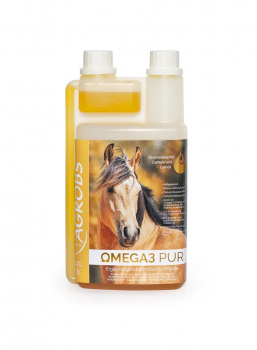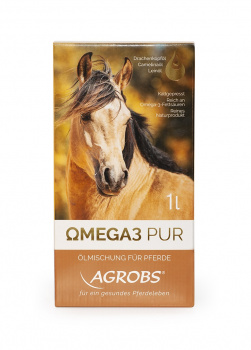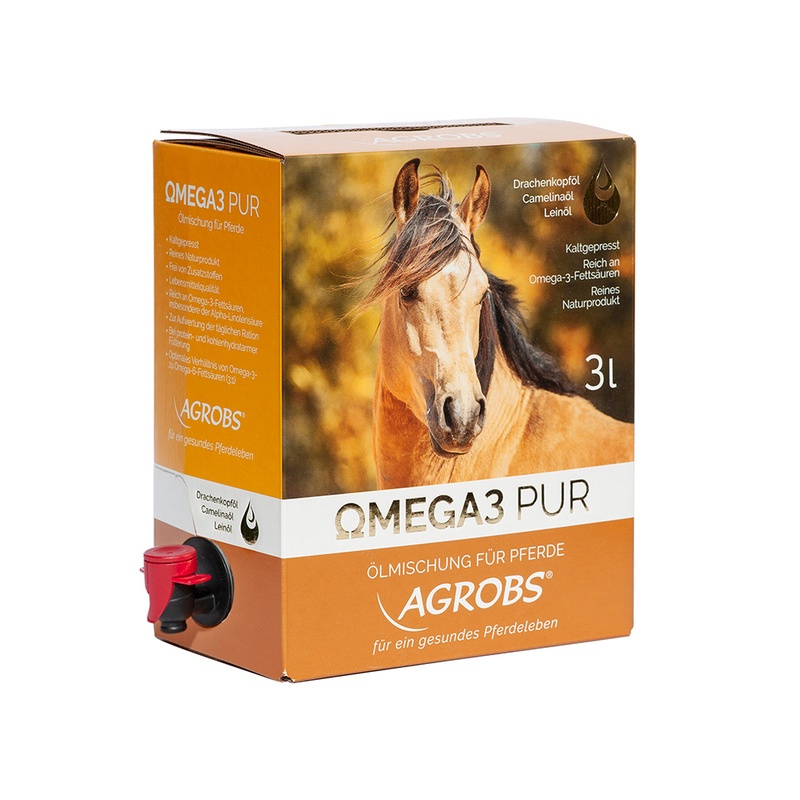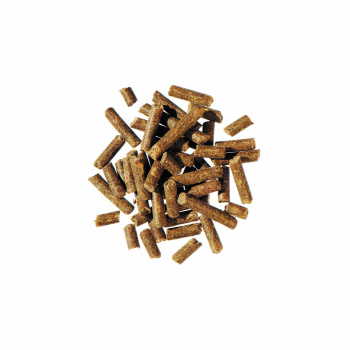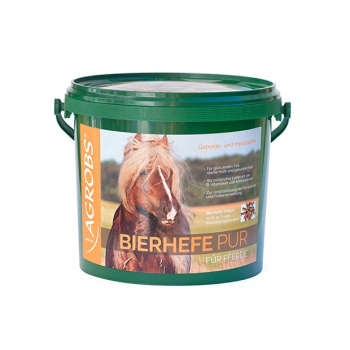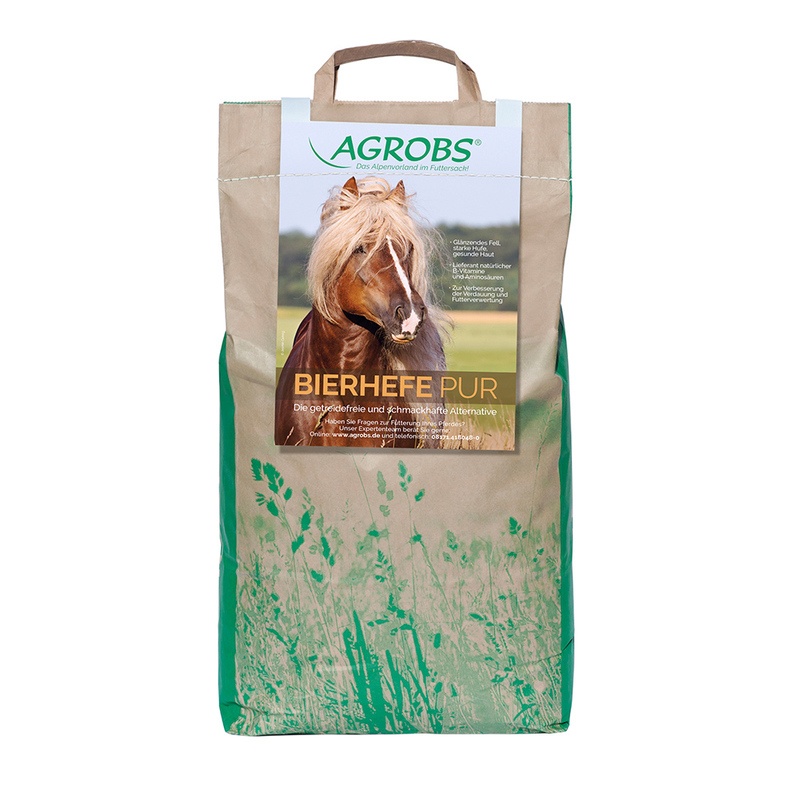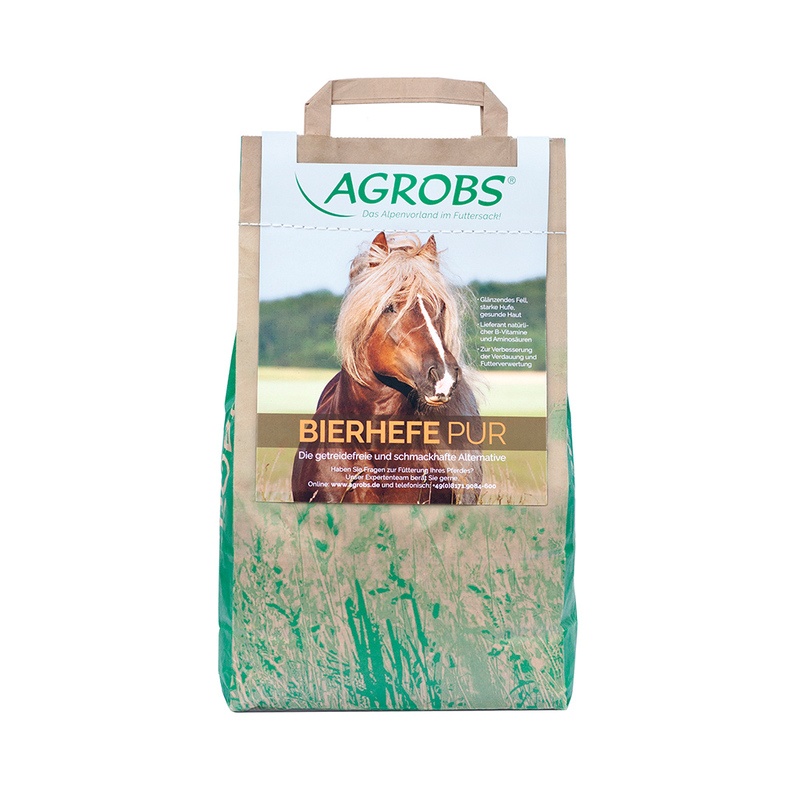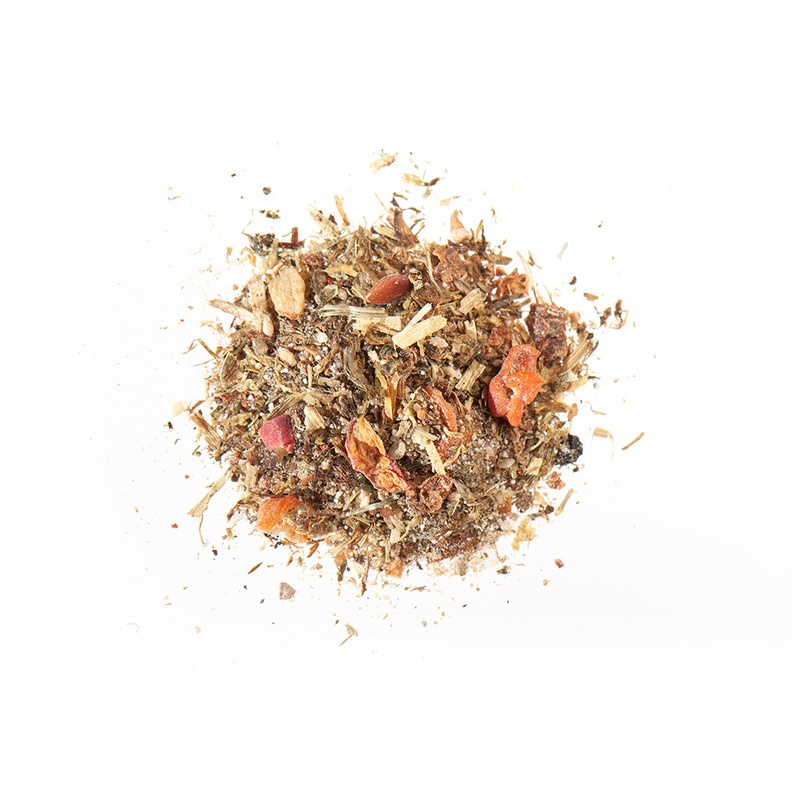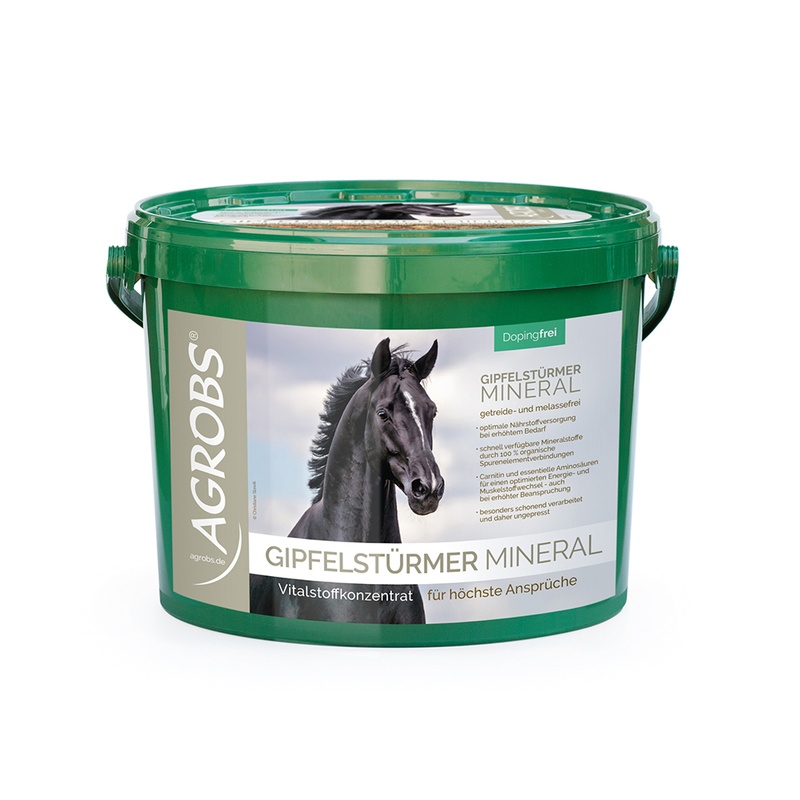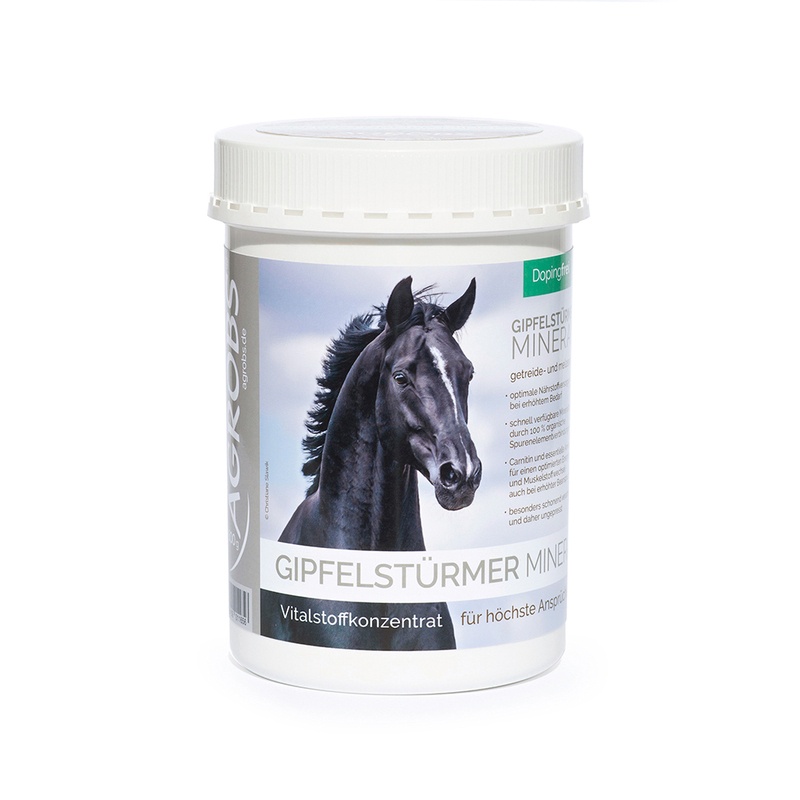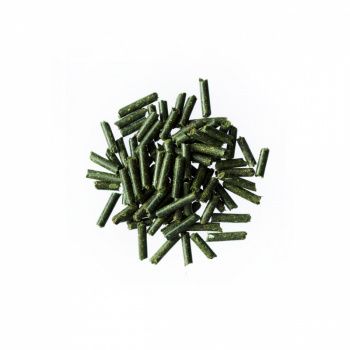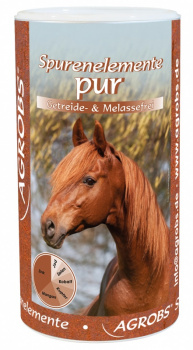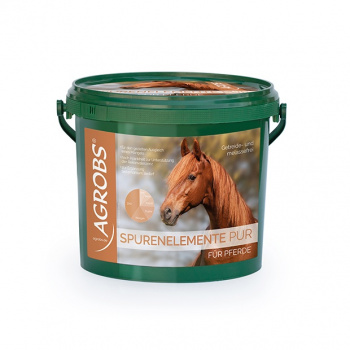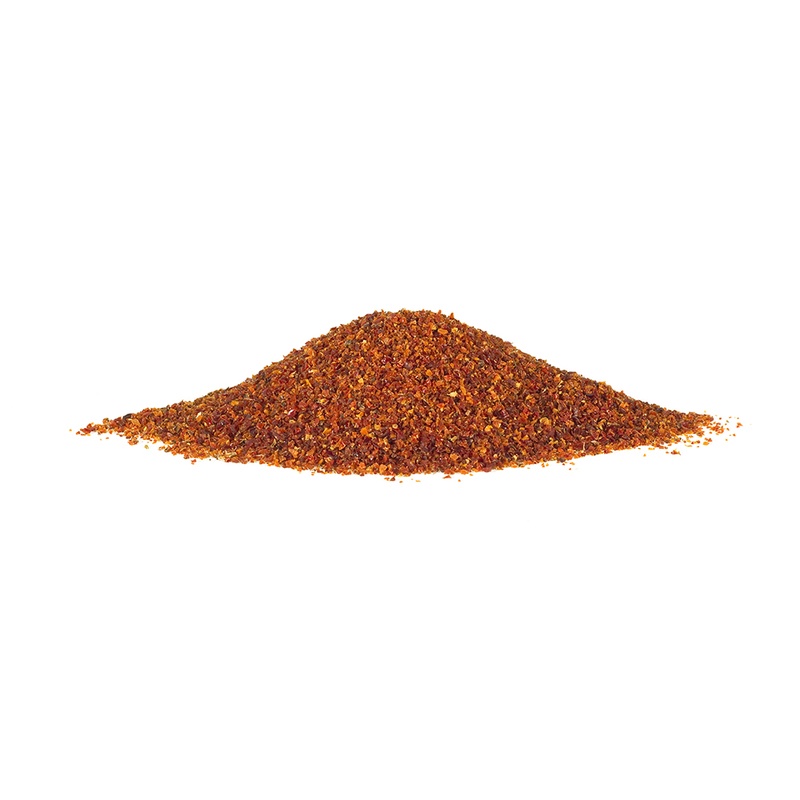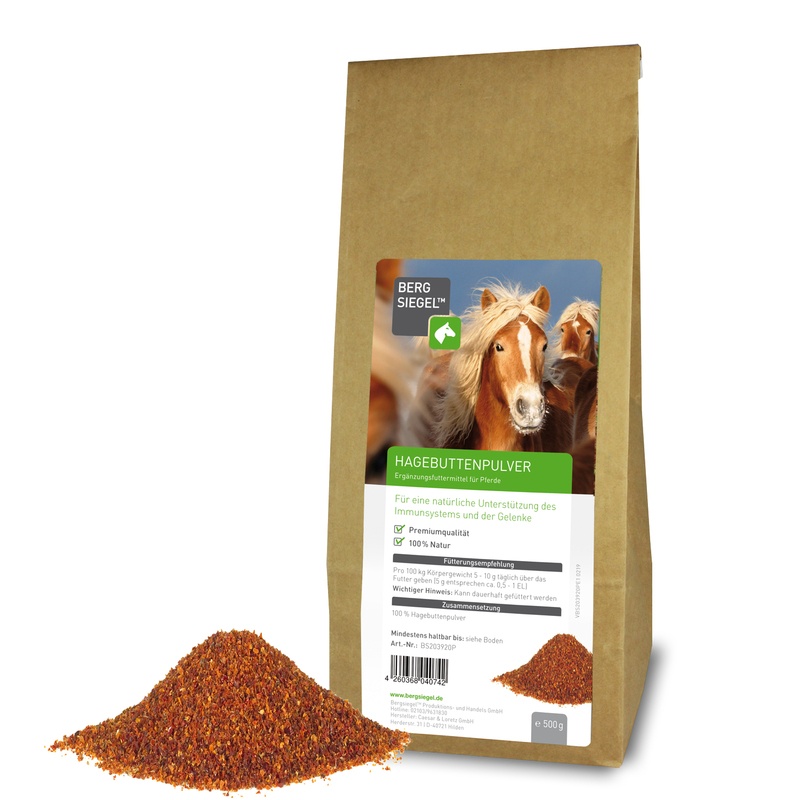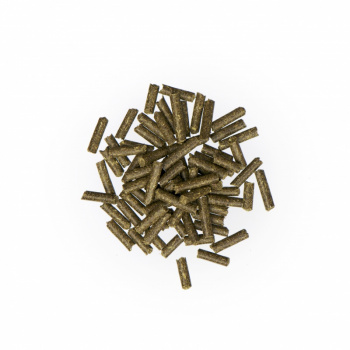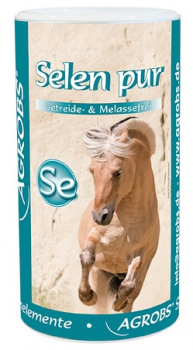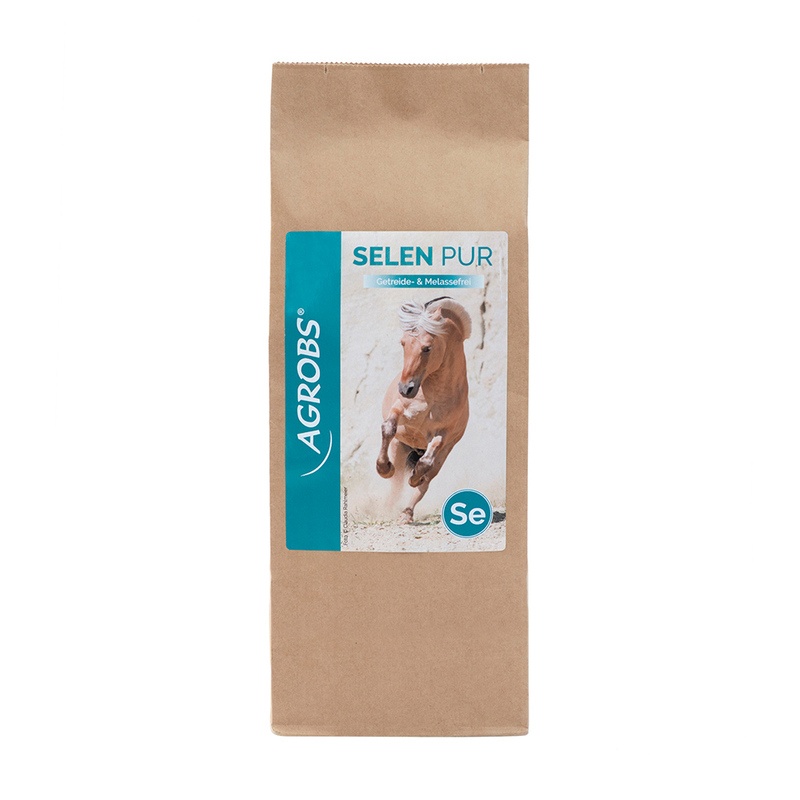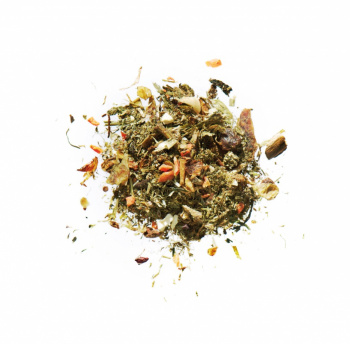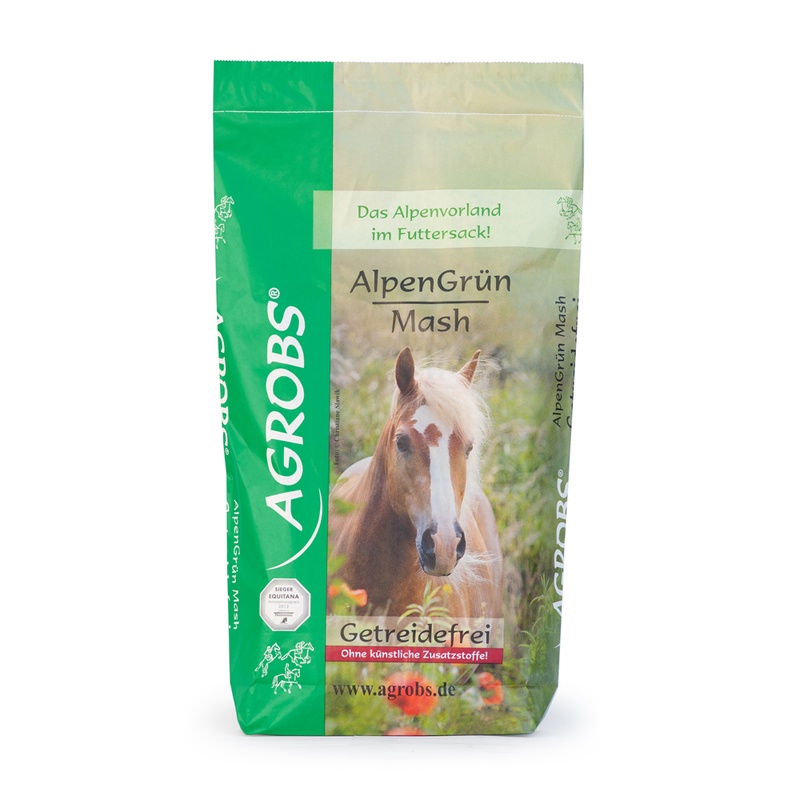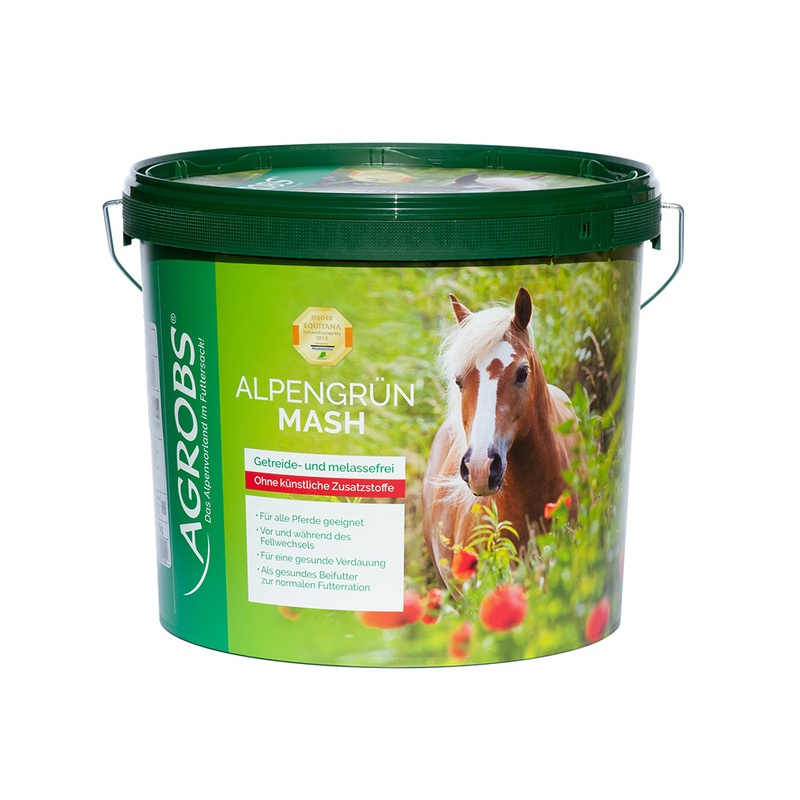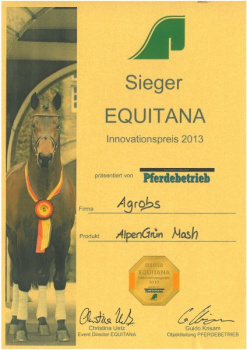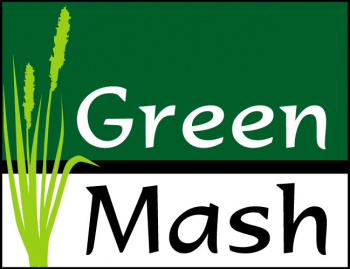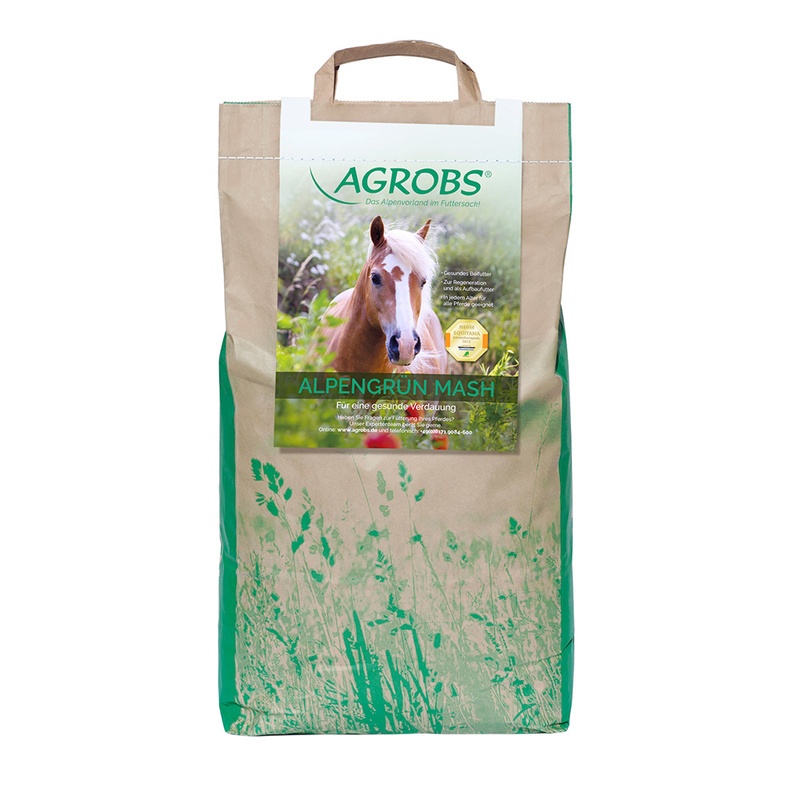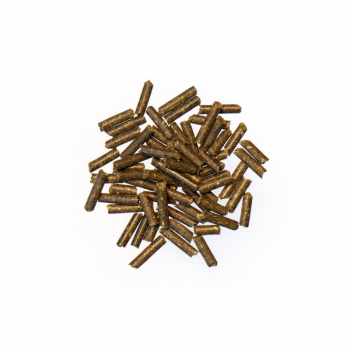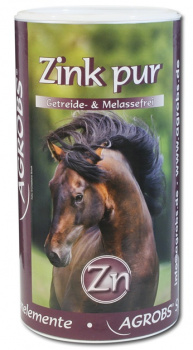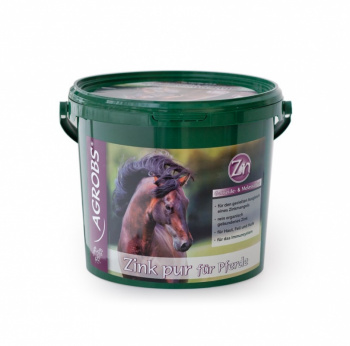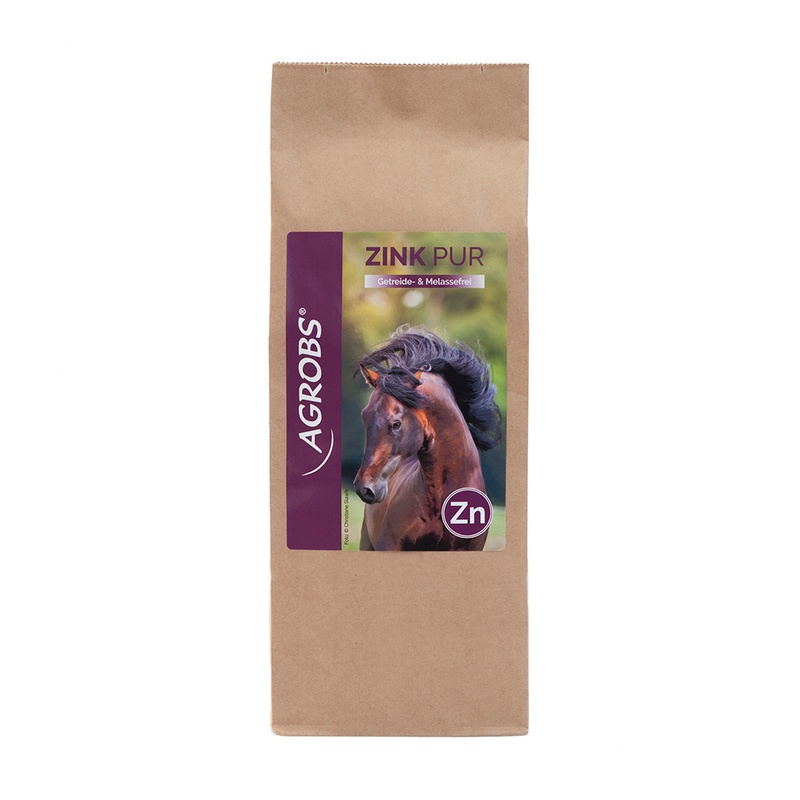
The Immune System
An intact immune system is the best protection against diseases and external influences. Many horse owners want this for their horses and would like to improve their immune system. But what does the immune system actually consist of and what can weaken or strengthen the body's defenses? What is a weakened immune system exactly and what happens when the immune system overreacts?
What does the immune system consist of?
Defending the body against infectious agents such as bacteria, viruses, fungi or parasites is what the immune system does. This protects the body from infections. The immune defense is also responsible for the elimination of degenerated and dying cells.This body's own defense system consists of the innate and the acquired immune system.
The innate immune defense is responsible for immediately recognizing and fighting pathogens. It is formed in the womb in order to have it available immediately after birth. When an exogenous structure (= antigen) is recognized, a non-adapted constant immune reaction occurs immediately.
The acquired immune system instead is activated a few days after the infection by the innate immune defense. This, in contrast, builds an “immunological memory”, which can improve the defense mechanisms. This acquired immune defense thus constantly adapts to the environment.
Young foals are born with only small amounts of antibodies for the body's own defense system. Therefore, they are not yet able to protect themselves from infections in the first few weeks of their life. A sufficient intake of colostrum (= the first milk released after birth, also known as beestings) from the brood mare in the first few hours of life is essential for survival due to the antibodies it contains.
What influences the immune system?
In addition to species-appropriate husbandry, regular exercise and good health care, also feeding has an impact on the immune system.As herbivores, horses are dependent on a sufficient supply of roughage. The digestion of plant components that cannot be broken down by the body's own enzymes takes place in the large intestine by the microorganisms (=intestinal flora) that live there. The horse's large intestine is comparable to a large fermentation chamber. Feeding large quantities of starch-rich concentrated feed in particular, but also spoiled feed, can lead to incorrect fermentation and so-called dysbiosis. Dysbiosis is a severe change in the number, composition, location and activity of the intestinal flora, which can lead to serious digestive disorders.
The gastrointestinal tract has its own immunocompetent lymphatic tissue to defend against infection. The intestinal microorganisms in combination with the intestine-associated immune system and the anatomical structures also serve as a protective barrier. On the one hand, it ensures that nutrients can be absorbed through the intestinal wall. On the other hand, it must be ensured that pathogens cannot pass through the intestinal wall. In addition, saliva and gastric juice protect the body from pathogens.
Probiotics are often used to promote health in horses. Probiotics are defined as live, non-pathogenic microorganisms that provide a health benefit when ingested in sufficient quantities. These are usually yeasts of the genus Saccharomyces.
Probiotic products are said to stabilize the intestinal flora and thus have a positive effect on the immune system. However, due to the current lack of experimental evidence, it is still unclear whether this benefit actually exists. This is because other factors such as the type of ration, hygiene conditions, performance level and age as well as the original status of the microbial colonization of the intestine can also have an influence on this.
Prebiotics are substances that cannot be digested or absorbed in the upper digestive tract and are only fermented by the microorganisms in the intestine. This is intended to promote the growth of desirable microorganisms and inhibit the growth of undesirable microorganisms. Prebiotics include fructo- and mannan-oligosaccharides as well as inulin. The use of prebiotics in horses still requires further research in the future to determine whether this really promotes intestinal health.
In addition to an adequate roughage supply with high-quality hay or haylage, care should be taken to ensure that the horses are sufficiently supplied with trace elements and vitamins, e.g. by feeding a mineral feed, and that there are no deficiency signs or oversupply.
For example, a lack of zinc can lead to an increased tendency to infection. The trace element selenium is also important for the horse's immune system, as it acts as an antioxidant alongside vitamin E and thus protects the cell membranes from harmful peroxides. Even a slight deficiency in selenium can lead to a weakening of the body's defense against infection. A combined deficiency of vitamin E and selenium can even lead to a reduction in antibody formation.
In addition to a lack of various trace elements, a vitamin deficiency can also have a negative effect on the immune system.
An insufficient intake of vitamin A can lead to an increased susceptibility to infections of the skin as well as the digestive system, respiratory tract, urinary tract, reproductive system or also in the area of the conjunctival sac of the eye. Such a vitamin A deficiency can result in keratinization, which reduces the secretion of the existing mucous glands.
A deficiency of water-soluble vitamins is normally rare. They are usually produced in sufficient quantities by the intestinal flora or are contained in sufficient quantities in the feed. However, deficiency symptoms can occur after weaning, when the intestinal flora is not yet fully developed. In addition, diarrhoea, feeding mouldy feed, feed rations low in crude fibre, abrupt feed changes or the administration of some medications can also lead to a deficit of water-soluble vitamins. However, such a multivitamin deficiency is rather unspecific. The water-soluble vitamin C is also normally produced in sufficient quantities by the horse itself. However, it can be helpful to administer additional vitamin C in the event of stress, respiratory infections or general poor performance.
Feeding omega-3 fatty acids is said to have anti-inflammatory properties. The administration of unsaturated omega-3 fatty acids, in particular EPA (eicosapentaenoic acid) and DHA (docosahexaenoic acid), can also help to alleviate chronic inflammation in horses, such as osteoarthritis, equine metabolic syndrome (EMS) and laminitis. Linseed oil and oils from sea animals in particular provide such fatty acids. In the case of EMS and laminitis, however, it should be noted that oils rich in omega-3 also have a very high energy density and can therefore promote obesity. The advantages and disadvantages of fatty acids must therefore be weighed up very carefully in these cases and supplementation is generally not recommended in feeding practice for EMS and laminitis.
Furthermore, it is known that negatively perceived stress (= distress) can have a negative effect on the immune system. Known negatively perceived stress factors can be, for example, mixing unknown animal groups, transportation of animals, social isolation as well as stress caused by cold or heat. Positively perceived stress (= eustress), on the other hand, can have an immunostimulating effect.
How do you recognize immunodeficiency?
An immunodeficiency, which can be caused not only by nutritional deficiencies but also by medication or illness, can often be recognized by susceptibility to infectious diseases and general poor performance.
What if the immune system overreacts?
Typically, feedback mechanisms prevent the immune system from being activated too strongly or not at all. Any disruption to the various regulatory mechanisms of the immune system can lead to autoimmune diseases, the development of allergies, but also to increased susceptibility to infections and immunodeficiency.An allergy is a specific overreaction of the immune system to a harmless substance that is unknown to the body. In this overreaction, the substance becomes an allergen.
A so-called "wheal rash" (= urticaria) on the skin can be caused by allergies. Such a rash is usually caused by insect bites or contact with stinging nettles. However, it can also be caused by feeding. If there is a suspicion that the reaction was caused by a certain feed, an exclusion diet can be carried out after consultation with the attending veterinarian.
One of the best-known allergies in horses is sweet itch. Specific allergens also play an important role in the cause of equine asthma in horses, in addition to high dust exposure and familial clustering.
In autoimmune diseases, the body reacts to the body's own substances (proteins). Autoimmune diseases in horses include, for example, the pemphigus complex (pemphigus foliaceus and pemphigus vulgaris), equine sarcoidosis and immune-mediated myositis. Treatment of autoimmune diseases and allergies usually consists of administering corticosteroids to suppress this excessive immune reaction. In the case of allergies, avoiding the allergens that cause them leads to symptom relief. Desensitization can also provide relief.
Dr. med. vet. Katharina Martin
December 2023 ©AGROBS GmbH
Sources:
- Coenen M, Vervuert I, Hrsg. Pferdefütterung. 6th updated edition. Stuttgart: Thieme; 2020
- Silbernagel S., Despopoulos A. Taschenatlas der Physiologie. 6th corrected edition. Thieme 2003
- Physiologie der Haustiere. Breves G, Diener M, Gäbel G, ed. 6th completely revised and expanded edition. Stuttgart: Thieme; 2022.
- Durward‐Akhurst SA, Valberg SJ. Immune‐mediated muscle diseases of the horse. Vet Pathol. 2017;55:68‐75.
- Dietz O., Huskamp B.: Handbuch Pferdekrankheiten. Enke Verlag Stuttgart, 2006
- Schwarz, B.: Equines Asthma – Was sagt das ACVIM Consensus Statement? Pferdespiegel 2020; 23(02): 59 – 66
- Hader, C., Schieder, A. Das Darmmikrobiom im (Un-)Gleichgewicht? Pferdespiegel 2022; 25(03): 147 – 151
- Fey K., Sassa H.HL. Zur Darmflora des Pferdes Eine Literaturstudie. Pferdeheilkunde1 2 (1996)6 (November December)8 55-863
- Zentek J., Pascher M., Röttger S. Probiotika beim Pferd, Hilfe oder Hoffnung. Pferdeheilkunde 24 (2008) 4 (July/August)
- Tuscherer M., Manteufel G. Die Wirkung von psychischem Streß auf das Immunsystem. Ein weiterer Grund für tiergerechte Haltung (Übersichtsreferat). Aus dem Forschungsinstitut für die Biologie landwirtschaftlicher Nutztiere (FBN), Dummerstorf. Arch. Tierz., Dummerstorf 43 (2000) 6, 547-560
- Hess T., Ross-Jones T. Omega-3 fatty acid supplementation in horses R. Bras. Zootec., 43(12):677-683, 2014
- Niederhöfer S. Stressbelastung bei Pferden in Abhängigkeit des Haltungssystems Tierärztliche Hochschule Hannover 2009
- N. Nogradi, L.L. Couetil, J. Messick, M.A. Stochelski, and J.R. Burgess. Omega-3 Fatty Acid Supplementation Provides an Additional Benefit to a Low-Dust Diet in the Management of Horses with Chronic Lower Airway Inflammatory Disease. J Vet Intern Med 2015;29:299–306
- Bischoff S., Probiotika, Präbiotika und Synbiotika. Georg Thieme Verlag Stuttgart. 2009
- Silbernagl S., Despopoulos A. Taschenatlas der Physiologie. Thieme, Stuttgart 2003
- J. A. Coverdale. HORSE SPECIES SYMPOSIUM: Can the microbiome of the horse be altered to improve digestion?,Journal of Animal Science, Volume 94, Issue 6, June 2016, Pages 2275–2281,
- E. GÜRBÜZ, F. İNAL, S. ÜLKÜM ATA, Ö. BARIŞ ÇİTİL ,K. KAV, F. KÜÇÜKKAYA. Effects of supplemental fructo-oligosaccharide and mannan-oligosaccharide on nutrient digestibilities, volatile fatty acid concentrations, and immune function in horses. Turkish Journal of Veterinary & Animal Sciences Vol. 34 (2010)
- Glatter M. Effects of apparently prebiotic doses of Jerusalem artichoke meal on gastrointestinal microbiota as well as glycaemic and insulinaemic responses of adult healthy horses. Naturwissenschaftliche Fakultät III Agrar- und Ernährungswissenschaften, Geowissenschaften und Informatik der Martin-Luther-Universität Halle-Wittenberg 2019
-
Respondek F., Goachet A-G, Rudeaux F., Julliand V. Effects of short-chain fructo-oligosaccharides on the microbial and biochemical profile of different segments of the gastro-intestinal tract in horses. Pferdeheilkunde 23 (2007) 2 (March/April) 146-150




